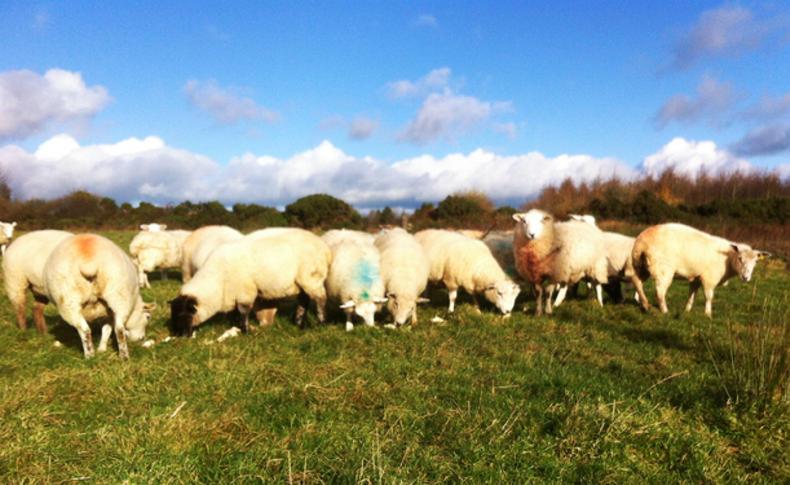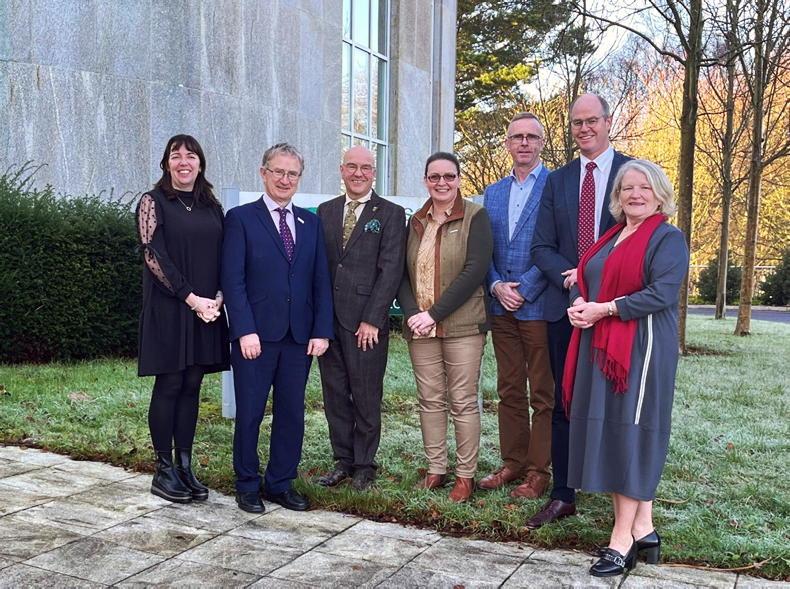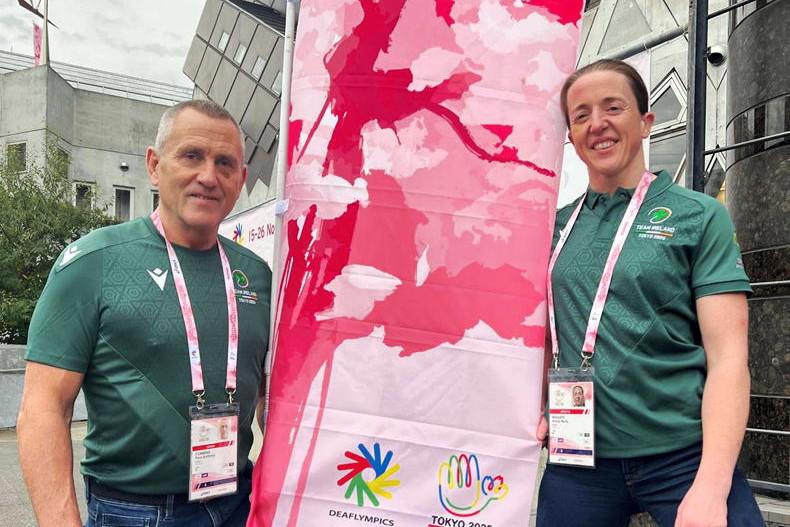Being temporarily upgraded to a full-time farmer over the last few weeks gave me time to catch up on the forestry biomass group I’m involved with. All 20 members of the group are currently writing mini-papers on various topics and I’m coordinating the one on forest ownership.
Members of the group are drawn from all over Europe, but the emerging ownership issues are as relevant in Waterford as they are in Warsaw. At this stage, issues fall broadly into three categories:
Rural exodus – fewer people living in the countryside means fewer forest owners.Support structures – what do forest owners need and what’s available?Motivation – why do some forest owners actively manage their forest and others don’t?Other mini-papers are addressing topics such as decision-support tools, incentives and the role they play, harvesting technologies, and citizens’ perception of forestry biomass.
The plan is to discuss the contents of the nine mini-papers currently being worked on, and arrive at a final report early in 2017. It’s an enjoyable experience to be involved in and the education I’m receiving on forestry in general is excellent.
Market education
Selling lambs over the past few weeks has been an education too. We sold some lighter types as stores at the mart and anything at the finished weight went to a local butcher. We’d obviously prefer to finish all lambs but this first year with sheep drifted away on us, we had to cut and run to reduce the feeding workload on these dark winter evenings.
Being part-time is easier in the summer months when the long evenings give you time to get the few jobs done. But after a days’ work at the off-farm job, it’s not much craic to then face into feeding lambs by torch-light before your evening meal.
As stated previously, we’re bringing lambing forward in 2017 to 1 March. This will mean no running around in the dark in November of next year. It’s not exactly an original idea, but we’re hoping it’ll suit our system and time constraints.
Talking of different sheep systems, I should also mention I’ve made contact with a new EU research network that’s looking at different ways to improve sheep productivity. It’s called SheepNet and involves organisations from Europe, Turkey, Australia, and New Zealand.
If I play my cards right, I might get a trip to one of their meetings in the coming years. Long live the European project!
Being temporarily upgraded to a full-time farmer over the last few weeks gave me time to catch up on the forestry biomass group I’m involved with. All 20 members of the group are currently writing mini-papers on various topics and I’m coordinating the one on forest ownership.
Members of the group are drawn from all over Europe, but the emerging ownership issues are as relevant in Waterford as they are in Warsaw. At this stage, issues fall broadly into three categories:
Rural exodus – fewer people living in the countryside means fewer forest owners.Support structures – what do forest owners need and what’s available?Motivation – why do some forest owners actively manage their forest and others don’t?Other mini-papers are addressing topics such as decision-support tools, incentives and the role they play, harvesting technologies, and citizens’ perception of forestry biomass.
The plan is to discuss the contents of the nine mini-papers currently being worked on, and arrive at a final report early in 2017. It’s an enjoyable experience to be involved in and the education I’m receiving on forestry in general is excellent.
Market education
Selling lambs over the past few weeks has been an education too. We sold some lighter types as stores at the mart and anything at the finished weight went to a local butcher. We’d obviously prefer to finish all lambs but this first year with sheep drifted away on us, we had to cut and run to reduce the feeding workload on these dark winter evenings.
Being part-time is easier in the summer months when the long evenings give you time to get the few jobs done. But after a days’ work at the off-farm job, it’s not much craic to then face into feeding lambs by torch-light before your evening meal.
As stated previously, we’re bringing lambing forward in 2017 to 1 March. This will mean no running around in the dark in November of next year. It’s not exactly an original idea, but we’re hoping it’ll suit our system and time constraints.
Talking of different sheep systems, I should also mention I’ve made contact with a new EU research network that’s looking at different ways to improve sheep productivity. It’s called SheepNet and involves organisations from Europe, Turkey, Australia, and New Zealand.
If I play my cards right, I might get a trip to one of their meetings in the coming years. Long live the European project!









SHARING OPTIONS